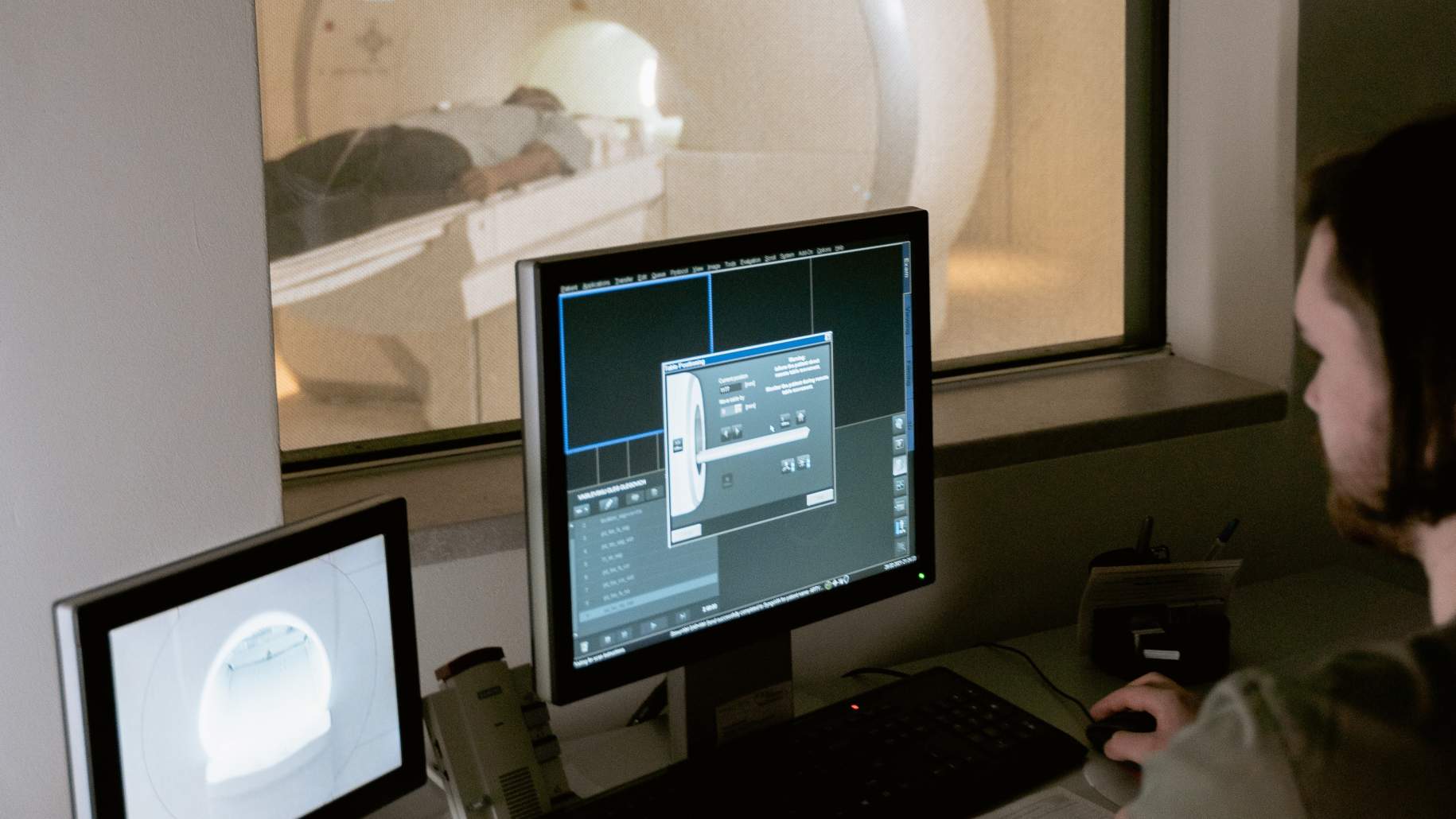Radiation Therapy for Pituitary Tumors

The primary treatment of pituitary tumors involves surgical resection. Radiation therapy is reserved for residual tumors that were not removed during surgery, if such remaining tumors grow during the monitoring period. In this article, we will discuss what radiation therapy is, what treatment entails, and what to expect after radiation therapy, including radiation side effects.
What Is Radiation Therapy?
Radiation therapy is a treatment option for many types of tumors when energy beams of x-rays, gamma rays, or protons are aimed at tumor cells. These high-energy beams damage tumor cells, halting their growth.

Can You Treat a Pituitary Tumor With Radiation?
The treatment of pituitary tumors most commonly includes surgery or medical management. However, pituitary radiotherapy may be indicated if there is tumor remaining after surgery, recurrence of tumor, or if other treatment options have failed.
Radiation therapy is typically reserved for small tumors less than 3 cm in size. There are multiple radiation therapy types that may be used to treat a pituitary tumor. Pituitary radiation types include Intensity Modulated Radiation Therapy (IMRT), Stereotactic Radiosurgery (SRS), and proton beam radiation therapy. All three of these techniques use precise targeting of the energy beams to focus only on the tumor and limit damage to the surrounding healthy tissues.
IMRT uses 3D technology to aim and shape the radiation beams to the contours of the tumor. SRS involves focusing hundreds of beams of radiation from different angles into one central location. In SRS, each individual beam is weak but together they deliver powerful amounts of energy to the site of the tumor. This is like using a magnifying glass to focus energy on a target. While SRS and IMRT use x-ray energy to damage tumor cells, proton beam radiation uses protons, which may cause less damage to healthy tissue.
Why should you have your surgery with Dr. Cohen?
Dr. Cohen
- 7,500+ specialized surgeries performed by your chosen surgeon
- More personalized care
- Extensive experience = higher success rate and quicker recovery times
Major Health Centers
- No control over choosing the surgeon caring for you
- One-size-fits-all care
- Less specialization
For more reasons, please click here.
What Does Therapy Entail? How Much Radiation Does a Pituitary Tumor Get or Need?
Radiation therapy for pituitary tumors can be delivered in one high dose (stereotactic radiosurgery) or in smaller doses over the course of several weeks (fractionated radiotherapy). Fractionated treatment is usually performed 5 days per week over the course of 5–6 weeks. Stereotactic radiosurgery is generally preferred because it is just as effective as fractionated radiotherapy and more convenient for the patient. However, if the tumor is located too close to normal tissues such as optic nerves, fractionated radiotherapy is favorable to reduce the risk of injury to surrounding healthy structures.
The pituitary adenoma radiation dose depends on individual factors such as the type of radiation treatment, the technology used, radiation schedule, and the type of tumor. In tumors that do not produce hormones (nonfunctional pituitary adenoma), stereotactic radiosurgery may involve a radiation dose of 12–20 Gy, whereas fractionated doses may involve 45–54 Gy total with 1.8 Gy per fraction. These dosages may be slightly higher for pituitary tumors that secrete hormones (functional pituitary adenomas).
Treatment first involves the development of a radiation plan to determine what type of radiation should be used and what it should target. The therapy itself involves lying very still on a table. To help remain still, the head is immobilized using a custom headrest or frame. On the day of treatment, most of the time is spent getting in the correct position. The actual delivery of radiation is quick and painless.

What Are the Major Side Effects of Radiation Therapy?
The most common side effect of radiation therapy to the pituitary gland is an abnormality of the pituitary gland function itself in a condition called hypopituitarism, where the pituitary gland does not produce enough hormones. This can occur 10 or even 15 years after treatment and may require you to take medications to maintain normal hormone levels (hormone replacement therapy).
Another possible side effect specific to pituitary adenoma radiation therapy is vision changes. Because the pituitary gland is near the optic (eye) nerves, radiation therapy carries a risk of injuring the optic pathway, leading to visual deficits. In comparison to hypopituitarism, visual complications and other neurologic deficits such as weakness, numbness, or a decline in mental function are rare.
Life After Pituitary Tumor Radiation
Benefits, measured in tumor shrinkage or stopping of growth, can be seen after several months or may take years. Because of this, you will need to undergo regular checkups every few years to monitor the effectiveness of treatment. This often involves brain imaging and blood work to measure hormone levels.
Key Takeaways
Radiation therapy is an effective treatment option for some pituitary tumors. Radiation does not come without side effects, and you should not hesitate to ask your care team about the risks and benefits of treatment.
- Radiation therapy involves aiming beams of energy at tumor cells to shrink and stop the growth of the tumor.
- The same energy beams that damage tumors can also cause damage to healthy tissues, resulting in possible side effects.
- Radiation can cause tumor shrinkage over the span of months or years. As a result, long-term followup is required to monitor the effectiveness of treatment.











